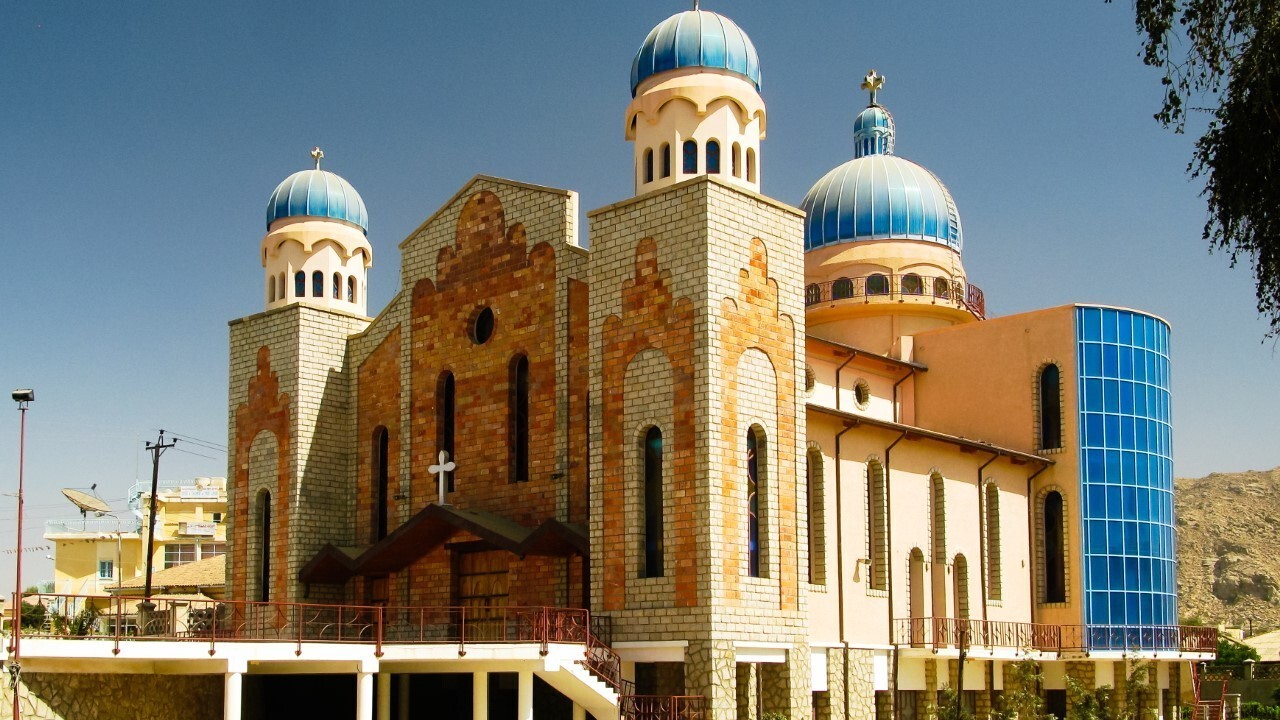
Eritrea, a small country in the Horn of Africa, often flies under the radar, but it holds a treasure trove of intriguing facts. Did you know Eritrea has nine recognized ethnic groups, each with its own language and traditions? This cultural mosaic makes the nation incredibly diverse. Eritrea's capital, Asmara, is famous for its well-preserved Italian colonial architecture, earning it a spot on UNESCO's World Heritage list. The country also boasts a coastline along the Red Sea, offering stunning beaches and rich marine life. Eritrea's history is equally fascinating, with ancient ruins like the city of Adulis, which dates back to the Aksumite Empire. Curious about more? Let's dive into 15 captivating facts about Eritrea that will leave you amazed!
Key Takeaways:
- Eritrea's history is a captivating mix of ancient kingdoms, colonial rule, and hard-won independence. Its diverse culture, with multiple languages and religions, makes it a unique melting pot in the Horn of Africa.
- Eritrea's natural wonders, from the Dahlak Archipelago to the Danakil Depression, offer a stunning landscape. With well-preserved Italian architecture in Asmara and a focus on self-reliance, Eritrea stands out as a country of contrasts and surprises.
15 Facts About Eritrea
Eritrea, a small country in the Horn of Africa, often flies under the radar. Yet, it holds a rich tapestry of history, culture, and natural beauty. Here are some fascinating facts about this unique nation.
Historical Significance
Eritrea's history is deeply intertwined with ancient civilizations and colonial powers.
- Ancient Kingdoms: Eritrea was once part of the ancient Kingdom of Aksum, one of the great civilizations of the ancient world.
- Colonial Rule: Eritrea was an Italian colony from 1890 until World War II. Italian influence is still visible in the architecture of Asmara, the capital city.
- Independence: Eritrea gained independence from Ethiopia in 1993 after a 30-year war. This makes it one of the youngest countries in the world.
Cultural Diversity
Eritrea is a melting pot of cultures, languages, and traditions.
- Languages: Eritrea has no official language. Tigrinya, Arabic, and English are widely spoken, reflecting the country's diverse heritage.
- Religions: The population is almost evenly split between Christianity and Islam, fostering a unique cultural blend.
- Festivals: Eritrea celebrates both Christian and Muslim holidays with equal fervor. Festivals like Meskel and Eid are major events.
Natural Wonders
Eritrea's landscape is as diverse as its culture.
- Dahlak Archipelago: This group of islands in the Red Sea is a paradise for divers and snorkelers, boasting rich marine life and coral reefs.
- Danakil Depression: One of the hottest places on Earth, the Danakil Depression is a geological wonder with salt flats, lava lakes, and sulfur springs.
- Mountains and Highlands: The Eritrean Highlands offer stunning views and are home to unique flora and fauna.
Unique Aspects
Eritrea has some features that set it apart from other nations.
- Asmara's Architecture: The capital city, Asmara, is known for its well-preserved Italian modernist architecture, earning it a UNESCO World Heritage status.
- No National Currency: Eritrea uses the Nakfa, but foreign currencies like the US dollar and Euro are commonly accepted.
- Self-Reliance: Eritrea follows a policy of self-reliance, limiting foreign aid and focusing on local resources and development.
Social and Economic Factors
Eritrea's social and economic landscape is unique and complex.
- Compulsory Military Service: National service is mandatory for all Eritreans, often lasting for several years.
- Economy: The economy is primarily based on agriculture, mining, and remittances from Eritreans abroad.
- Healthcare: Despite limited resources, Eritrea has made significant strides in healthcare, particularly in reducing child mortality rates.
Eritrea remains a country of contrasts and surprises, offering a rich blend of history, culture, and natural beauty.
Eritrea's Unique Charm
Eritrea's rich history and cultural diversity make it a fascinating place. From its ancient ruins in Adulis to the stunning architecture of Asmara, there's so much to explore. The country's nine ethnic groups each bring their own traditions, languages, and customs, adding to its vibrant tapestry. Eritrea's coastline along the Red Sea offers breathtaking views and abundant marine life, making it a haven for divers and nature lovers. Despite its challenges, Eritrea's resilience and spirit shine through. The country's unique blend of African and Mediterranean influences creates a distinct identity that's hard to find elsewhere. Whether you're interested in history, culture, or natural beauty, Eritrea has something to offer. So, next time you're looking for an off-the-beaten-path adventure, consider Eritrea. Its charm and allure might just surprise you.
Frequently Asked Questions
Was this page helpful?
Our commitment to delivering trustworthy and engaging content is at the heart of what we do. Each fact on our site is contributed by real users like you, bringing a wealth of diverse insights and information. To ensure the highest standards of accuracy and reliability, our dedicated editors meticulously review each submission. This process guarantees that the facts we share are not only fascinating but also credible. Trust in our commitment to quality and authenticity as you explore and learn with us.


